The Power of Storytelling
and why it’s the secret ingredient to engaging your audience
Which of the following are you more likely to remember?
Option 1:
According to a research study conducted in 2015 by Headstream, when people enjoy a brand story 55% are more likely to buy the product in future, 44% will share the story, and 15% will buy the product immediately.
Or…
Option 2:
Avery’s small business was floundering until she made one simple change that turned it all around. Before the change, her website traffic was stagnate, and her sales were decreasing every month. She paid for more advertising thinking it would boost her company’s awareness, but she was still losing traction. So, what changed? Her story. Avery rewrote her company’s brand story to become more relatable with her target customers and it worked. She saw more organic shares of her company’s social media posts. She saw an increase in website traffic, and most importantly, her sales increased by 15% in one month. That’s the power of a brand’s story.
Option 1 is concise and factual (both good things). However, Option 2 invokes emotion as it takes you on a journey. While there are some readers who can memorize facts and numbers at the drop of a hat, the majority of readers will remember the emotional story and be motivated by it.
As Maya Angelou put it, “People will forget what you said. People will forget what you did. But people will never forget how you made them feel.” The same is true when it comes to your business messaging. People will forget the specific wording of your copy. They’ll forget the specifics of the services or products you provide. But they will remember how you made them feel, which is why storytelling is a crucial tool for growing a business. Whether you are trying to motivate customers or your own team, a good story will invoke emotions in them, and cause behavioral change.
There is a time and a place for statistics, for example in Option 2 we mention that Avery the business owner’s sales increased by 15%. However, it is being used in relationship to the story to further illustrate the point.
In his book, Made to Stick: Why Some Ideas Survive and Others Die, author Chip Health writes, “The story’s power, then, is twofold: It provides simulation (knowledge about how to act) and inspiration (motivation to act).”
The next time you have important data to convey to your audience, tell it within a story and you will see the change you want to see.

